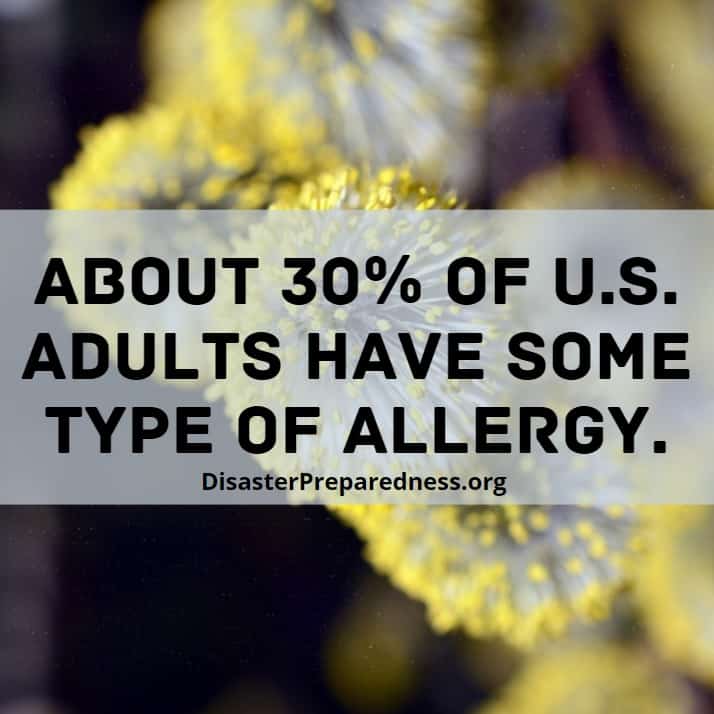Allergic Reaction & Anaphylaxis

What is an Allergic Reaction?
Allergic reactions are the result of your immune system attacking substances that they shouldn’t, like eggs, peanuts, or pollen. During an allergic reaction, your body releases antibodies — proteins that send messages to the cells that tell them to stop whatever is there, be it bacteria, viruses, or allergens.
When your body is trying to stop a virus or bacteria, this is a good thing. However, when your body is trying to stop something innocuous like pollen, it can result in hives, watery eyes, sneezing, clogged sinuses, stomach problems, and even trouble breathing.
When an allergic reaction results in trouble breathing, this can result in anaphylaxis. Anaphylaxis can cause real shock, a sudden and severe drop in blood pressure, and difficulty breathing. Sometimes, this can happen without any trigger being apparent. If left untreated, anaphylaxis can cause death within only half an hour.
Signs of Anaphylaxis
 Anaphylactic shock can be fatal if left untreated. Because of this, it’s very important that you know the signs of anaphylaxis. Some common signs of anaphylactic shock include:
Anaphylactic shock can be fatal if left untreated. Because of this, it’s very important that you know the signs of anaphylaxis. Some common signs of anaphylactic shock include:
- Skin reactions are common (itching, hives, flushed face)
- Swelling around the face, lips, throat, or eyes
- Wheezing and trouble breathing due to constriction of the airways
- Either a rapid or faint pulse
- Diarrhea, vomiting, and/or nausea
- Fainting and/or unconsciousness
- Blue lips
What Should You Do if Someone is in Anaphylactic Shock?
- Call 911: Call 911 or a local medical number immediately. If necessary, get someone else to contact emergency services while you continue to assist the patient.
- Keep the Patient Still: Make sure that the person is lying still on his/her back. Loosen any tight clothing and cover them over with a blanket or whatever is to hand. Do not allow the person to have anything to drink.
-
- Note: If there are signs of bleeding from the mouth or if the person starts to vomit, immediately turn them onto their side in order to prevent choking.
-
- Find an EpiPen: Find out whether the person has an epinephrine auto-injector (ie. Twinject or EpiPen). If they have one, they can typically inject it themselves. If they can’t, there are instructions on the side of the pen explaining how to use it. It’s usually administered by pressing the device against the thigh of the person.
- Start CPR: If there are no signs of breathing, begin CPR. 911 call center operators can walk you through how to perform CPR.
- Get Treatment for the Patient: Even if the symptoms begin to abate and the person shows signs of improvement, it’s important that they still get emergency medical treatment as soon as possible.